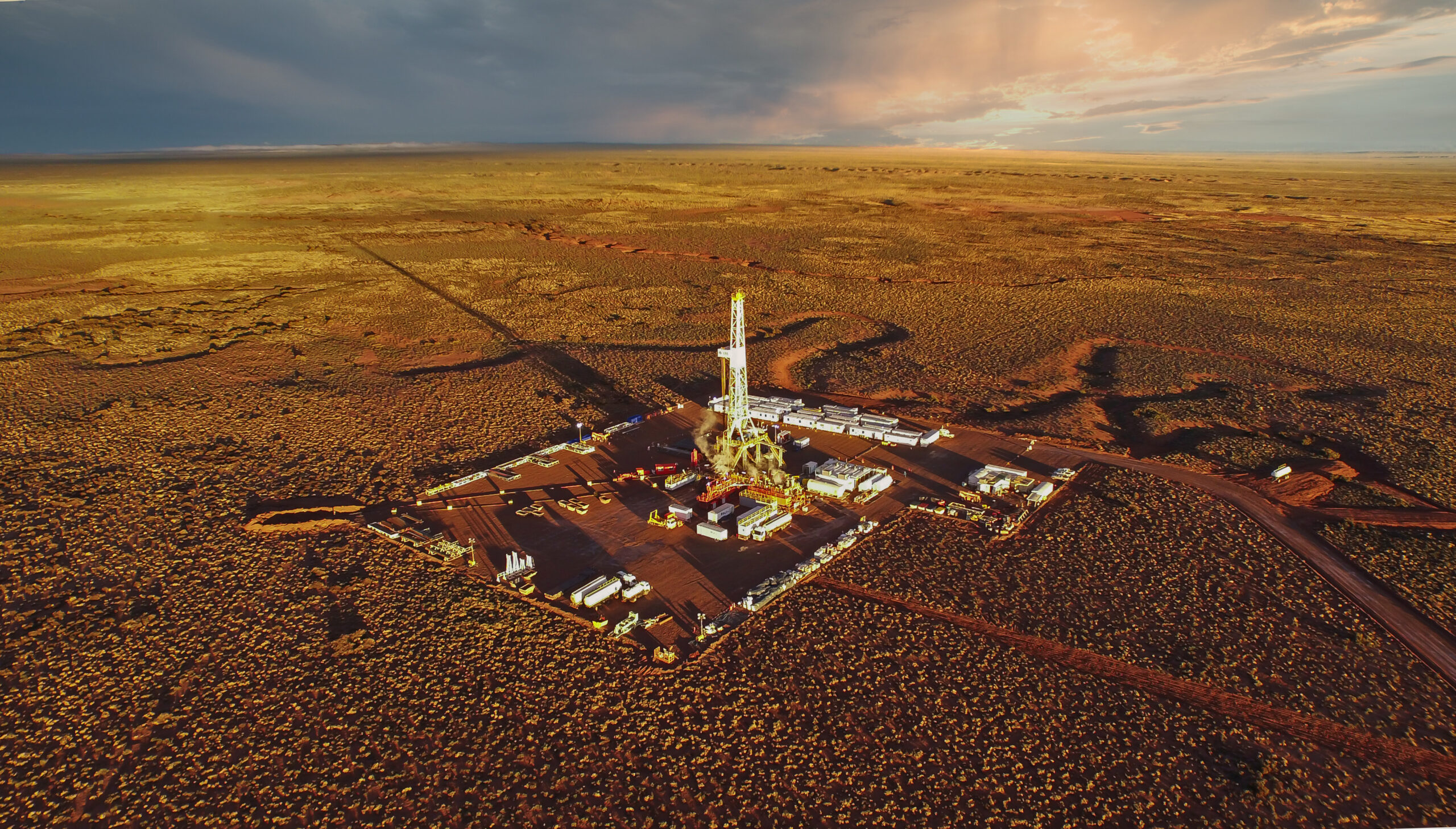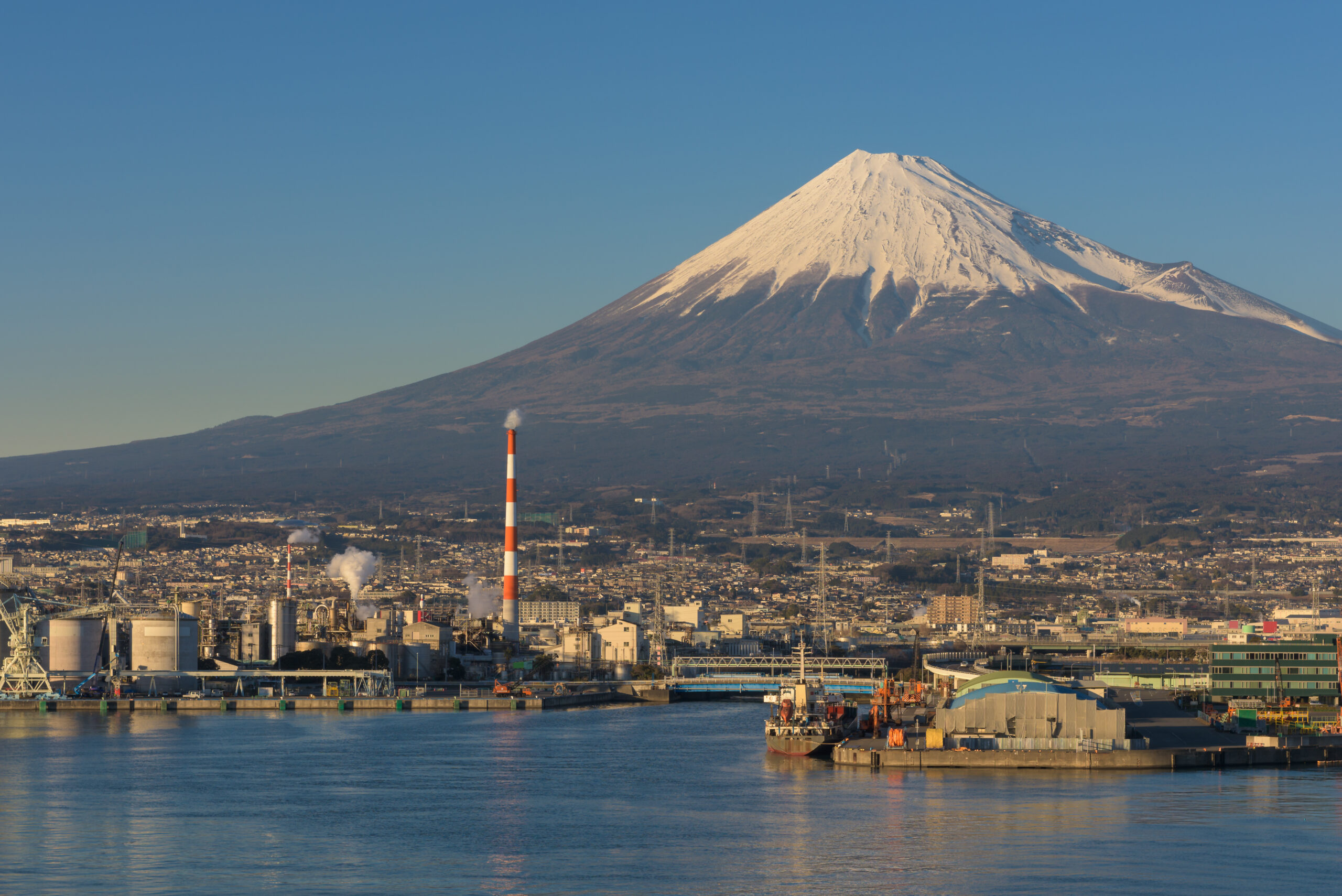Shale industry sees more investor exits
Various types of investors are pulling back from shale and broader oil and gas investments, but there are questions over how the trend will continue to play out.

Recent developments illustrate that various types of investors are continuing to pull back from the shale industry, and from oil and gas more broadly. Investors were previously exiting the industry as it was struggling through a downturn that hit profitability hard. Now profitable again, investors are nonetheless still pulling out but the moves are now being driven in large part by the energy transition and a desire to demonstrate greener credentials.
In recent weeks, though, oil and gas prices have picked up, energy demand is rising and there is a renewed appetite for non-Russian oil and gas in the wake of the war in Ukraine. All of these factors will play into investor thinking as they consider the future of their oil and gas interests.
Recent pullbacks
The types of players scaling back or exiting their oil and gas investments are varied. For example, the New York State Common Retirement Fund announced in February that it would “restrict” investments in 21 shale producers that it said had “failed to demonstrate they are prepared for the transition to a low-carbon economy”. The fund said it would divest more than $238 million worth of public equity and debt securities issued by the 21 companies, which include some leading independent shale producers.
Later in February, Blackstone, the world’s largest alternative asset manager and a major backer of shale, was reported to be telling clients that its private equity business would stop investing in the exploration and production of oil and gas.
These players, while being different types of investors, nonetheless represent part of the same broader trend of a shift towards investments that are perceived to be greener, at the expense of oil and gas. In shale’s case, the industry has long been shunned in Europe, but its challenges in attracting financing in the US are more recent.
“Shale has often been considered the ‘dirtier’ cousin of offshore oil and gas with an element of ‘not in my back yard’, particularly in Europe, around investment in producing from onshore shale basins,” advisory firm Gneiss Energy’s director, Doug Rycroft, told Gas Outlook. “As pressure grows around energy transition and wider net zero ambition, there is perhaps a concern that traditional sources of financing for such ventures might start to dry up. This is particularly concerning for shale plays, which are traditionally capital investment intensive,” he added.
The increased focus on the energy transition has resulted in the adoption and increasing standardisation of disclosures related to climate change risk. For example, Rycroft cited the Task Force on Climate-Related Financial Disclosures (TCFD), which was created in 2015 by the Financial Stability Board (FSB) to develop consistent climate-related financial risk disclosures for use by companies, banks and investors.
“The rise of climate risk reporting expectations, and in particular TCFD, mean that not only producers of oil and gas but those with investment positions in producers are experiencing increasing levels of scrutiny around their approach to climate risk and climate risk mitigation. This applies to pension funds, investments funds, finance houses, banks and private equity alike, and, as more countries adopt TCFD-type guidance in their reporting, our view is that pressure is only going to go one way,” said Rycroft. “Therefore, the easy option is to exit and many have taken this easy option in the last few years.”
Energy security
This trend of investments leaving the oil and gas industry is contributing to concerns over prices and security of supply, however.
“Outflows of capital from the sector are ultimately the driving force behind today’s energy security crisis,” said Rycroft. “It has been the same story for investment in the European nuclear sector – where sentiment has ultimately constrained the necessary investment into providing reliable energy.”
Energy security concerns have become all the more urgent against the backdrop of the war in Ukraine, and with the European Union pledging to rapidly reduce its dependence on Russian oil and gas. The crisis has pushed already strong oil and gas prices higher still, and this, along with a pivot to non-Russian energy, could make investors more favourable to shale once again.
“Investing in upstream oil and gas will depend almost entirely upon the investors’ expectation of returns,” a partner at law firm Haynes and Boone, Buddy Clark, told Gas Outlook. “I wouldn’t focus so much on what the investor says they are looking for (e.g. ‘green hydrocarbons’) but what they are doing. Certain investors will steer away from oil and gas for ideological reasons as long as there are other places to invest their money. But my guess is 90+% of investors are looking for returns. If oil and gas can deliver the targeted returns, investors will invest.”
Clark noted that a lack of investment in shale over the past four years has resulted in reduced access to rigs, equipment, materials and crews.
“It is logistically complex and I don’t see a quick increase in US production overnight,” Clark said. “The recent run up in prices has made many more wells profitable to drill. The key is whether investors think higher prices will hold up.”
The response among investors could also vary depending on location, among other factors.
“It remains to be seen if European investors would be willing to return to indigenous plays in light of the current energy security situation but it would seem almost certain that US players including institutional investors and banks will continue to support domestic production from shale,” said Rycroft.



